Synopsis – Tier-2 and Tier-3 cities in India represent a tempting option of affordability and growth potential for first-time home buyers in 2025. The cities featured strike a good balance between pricing, lifestyle, and employment opportunities.
Given the price and benefit of homeownership, first-time buyers in 2025 have shifted attention to the Tier 2 and Tier 3 cities in India as more affordable, having maximum infrastructure investment, economic growth opportunities, and an improvement in lifestyle choices. Here we identify 7 best cities based on a balance of price, access, and benefit of home ownership:
Why Tier 2 & 3 Cities are Gaining Appeal
Better connectivity through new metro lines, regional airports, and expressways is improving access to these cities. At the same time, housing remains significantly more affordable, enabling first-time buyers to secure loans more easily. Economic growth is also accelerating as expansions in IT parks, manufacturing units, and educational institutions create new jobs and sustained employment. These cities offer a better quality of life with less congestion, cleaner surroundings, and growing social amenities.
1. Surat, Gujarat
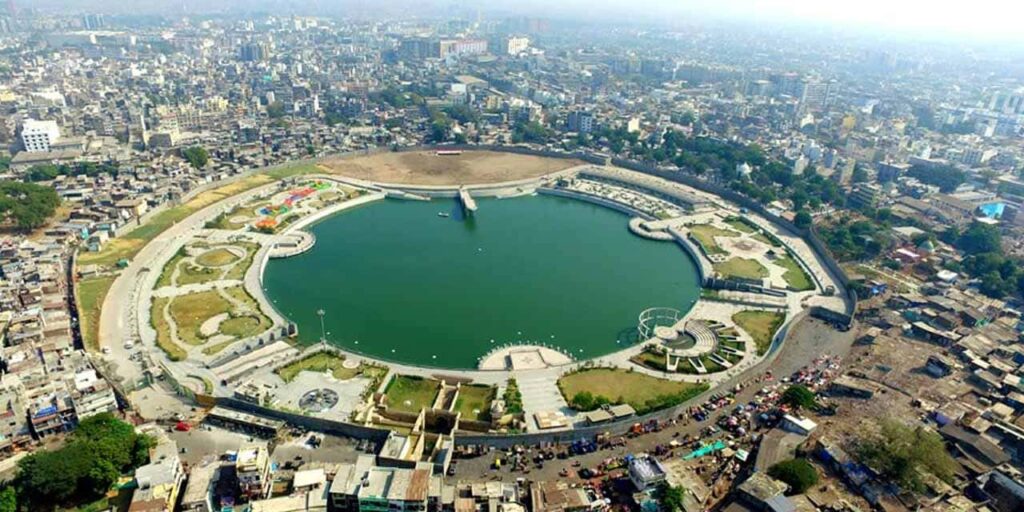
- Reason to invest: Affordable place to live, booming textile and diamond industries, and a growing IT and manufacturing space.
- Average Property Prices: ₹3,500–₹5,000 per sq. ft. (mid-segment)
- Employment & Economic Drivers: Main city for textile, diamond processing hub, Surat Special Economic Zone, Massachusetts, and growing IT parks.
- Infrastructure Growth: Surat Metro (A better transport system is on-going), improved airports, and excellent highway connections.
- Best Micro-Markets: Vesu, Adajan, Udhana – well connected and a growing residential-commercial market.
- Future Potential: Rapid urbanization and developing industrial corridor plans signal that growth will lead to price appreciation.
2. Coimbatore, Tamil Nadu
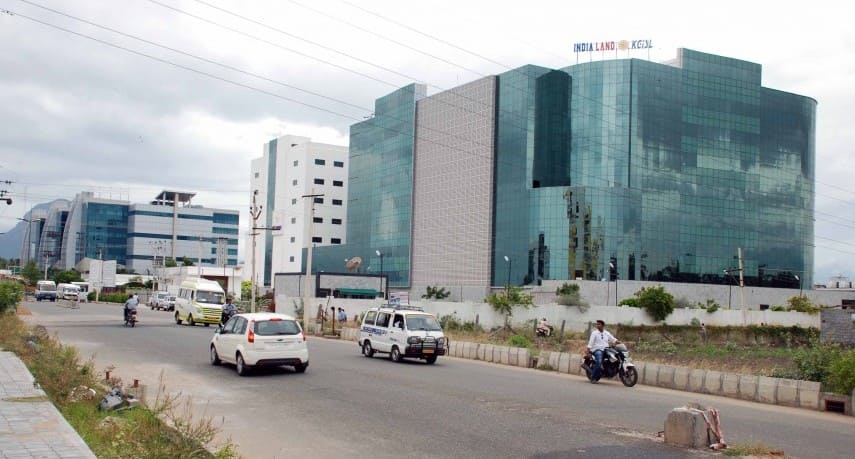
- Reason to invest: Industry-oriented city supporting white collar workers, cleaner air and great education infrastructure, recently increasing IT park projects.
- Average Property Prices: ₹4,000–₹6,000 per sq. ft.
- Employment & Economic Drivers: Textile industry, manufacturing, engineering, IT-ITeS sectors.
- Infrastructure Growth: New regional terminal airport, significantly improved road and rail connectivity.
- Best Micro-Markets: Saravanampatti, Peelamedu, and Perur.
- Future Potential: Expectations of rapid growth related to developing Coimbatore as a technology and industrial location with a history of slower but steady price appreciation.
3. Chandigarh, Punjab / Haryana
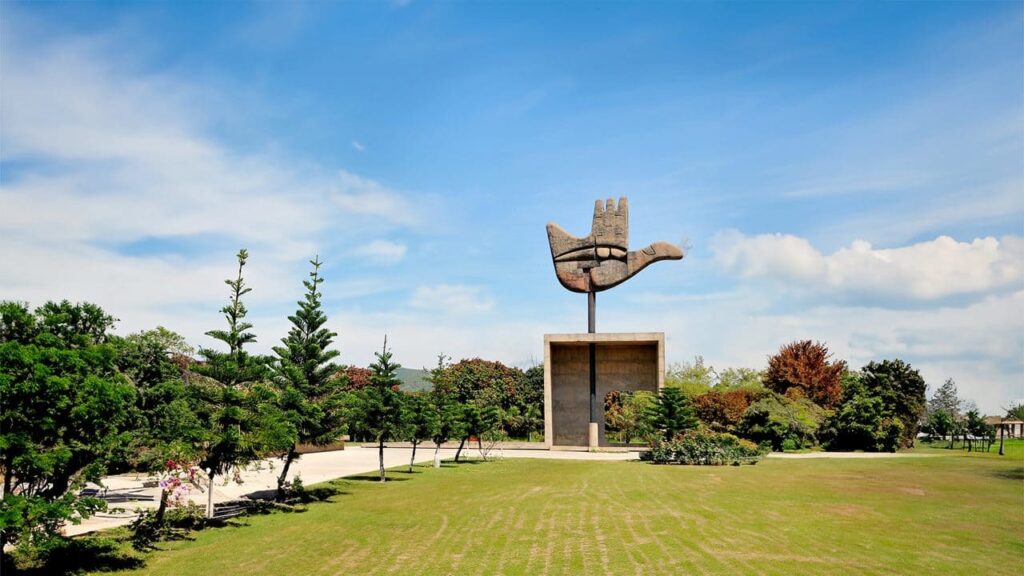
- Reason to Invest: A well-planned, well-living city with excellent public services and educational or IT spot value.
- Average Property Prices: ₹6,000–₹8,000 per sq. ft.
- Employment & Economic Drivers: IT services, education, light-manufacturing sectors.
- Infrastructure Growth: Improved metro and road connectivity to Mohali and Panchkula.
- Best Micro-Markets: Zirakpur, Mohali phase 9 and Panchkula sectors.
- Future Potential: The potential for price escalation is significant as importance in the education, IT, and manufacturing sectors grows and makes it an attractive investment.
4. Jaipur, Rajasthan
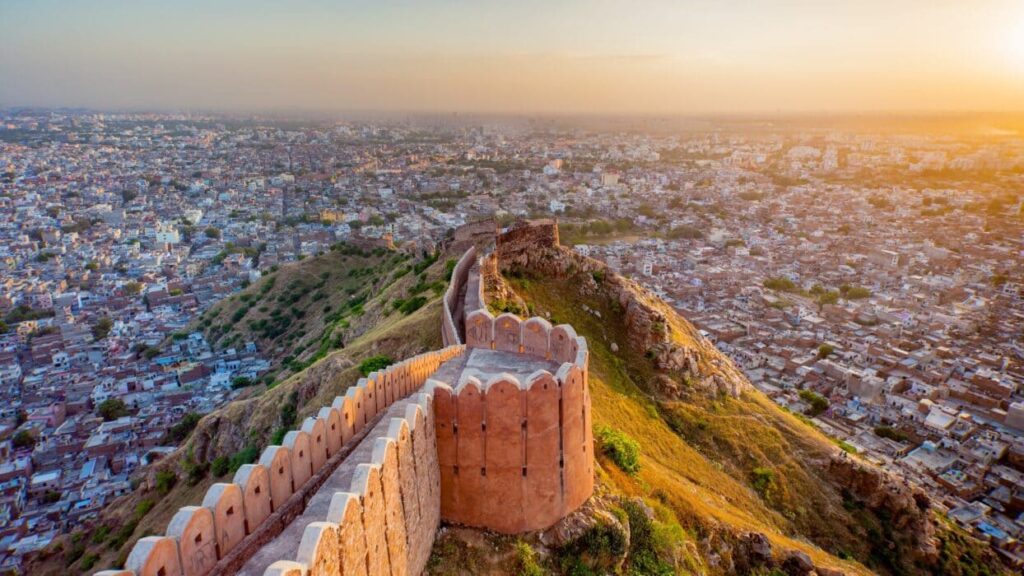
- What Makes It Great: An affordable entry point with growing tourism and manufacturing sectors, and better infrastructure.
- Average Property Prices: ₹3,000 – ₹5,500 per sq. ft.
- Employment and Economic Drivers: Gems & jewellery, IT parks, handicrafts, tourism-related services.
- Infrastructure Growth: Jaipur Metro in operation; plan for expressway connectivity.
- Best Micro-Markets: Jagatpura, Mansarovar, Jhotwara.
- Future Potential: Functions as a regional gateway with good prospects for urban expansion.
Also read: North vs South India: Which Region Contributes More to India’s GDP Growth in 2025
5. Mysore, Karnataka

- What Makes It Great: Affordable living combined with cultural heritage, and an emerging IT corridor.
- Average Property Prices: ₹3,500 – ₹6,000 per sq. ft.
- Employment and Economic Drivers: IT parks, manufacturing, and education centres.
- Infrastructure Growth: Proposed airport expansion; highway links to Bangalore.
- Best Micro-Markets: Hebbal, Vijayanagar, Hootagalli.
- Future Potential: Increasingly a commuting city for tech professionals that want lifestyle and value tolerance.
6. Indore, Madhya Pradesh
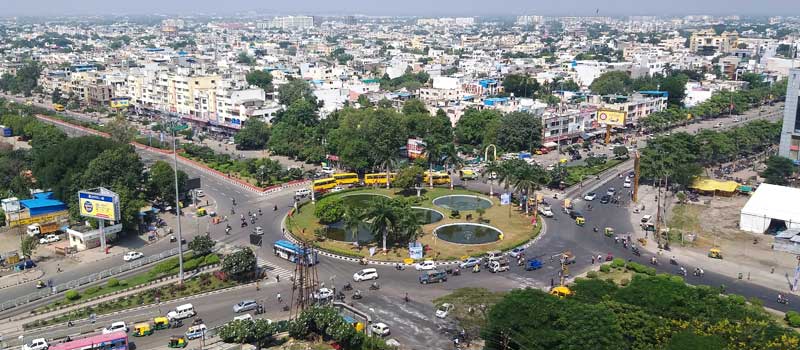
- What Makes It Great: A booming commercial and education city with a rapidly improving infrastructure.
- Average Property Prices: ₹3,800 – ₹5,200 per sq. ft.
- Employment and Economic Drivers: Manufacturing, FMCG, education, IT services.
- Infrastructure Growth: Metro rail coming soon, highway network improvements.
- Best Micro-Markets: Vijay Nagar, Rajendra Nagar, Rau.
- Future Potential: Higher urbanization rate gives strong residential demand and appreciation potential.
7. Visakhapatnam (Vizag), Andhra Pradesh
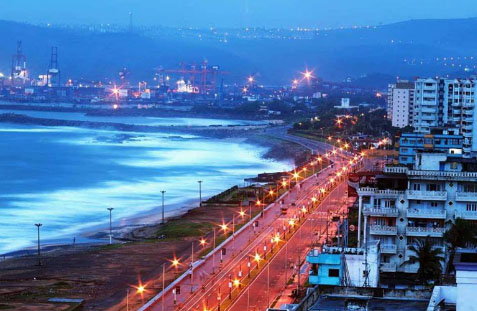
- What’s So Great: Port city with planned industrial corridors, growth in IT business, coastal living appeal.
- Average Prices of Property: ₹3,500–₹6,000 per square foot.
- Employment/Economic Drivers: Ports, steel plants, IT parks, and shipping logistics.
- Infrastructure Improvements: Airport expansions, new metro proposals, smart city development prospects.
- Best micro-markets: Madhurawada, Rushikonda, Gajuwaka.
- Future Potential: Very suitable position for planned manufacturing and exports, government plans, and demand expected.
What To Consider For First Time Homebuyers
- Loan Eligibility, Interest Rates: Lower EMIs in Tier 2/3 cities means it is possible to service loans with easier payment.
- RERA & Builder Credibility: Waterfall properties comply with regulations and the builders in the property have a track record of being a reliable build.
- Other Infrastructure Plans: Check if metro, expressway, and industrial projects are ongoing or proposed that may help a commute.
- Resale Value and Rental Opportunities: Consider whether the neighborhood has stable demand, whether you may want to sell in the future or if you want to rent.
Conclusion
The seven best Tier 2 and Tier 3 cities mentioned can be a great opportunity for first-time buyers focusing on long-term value and lifestyle improvement. This investment suits India’s journey toward urbanization and economic growth.
Written By Rachna Rajput



